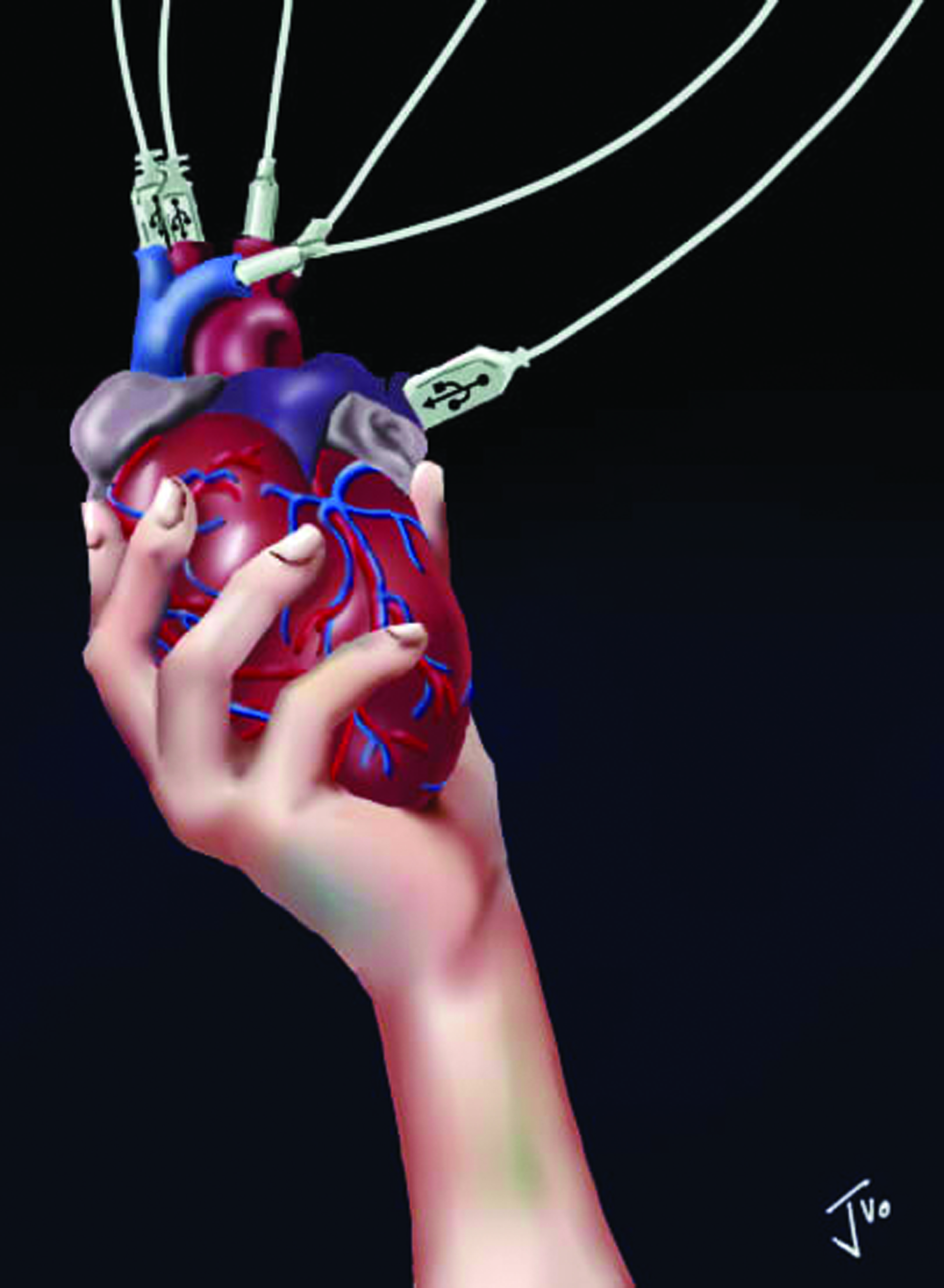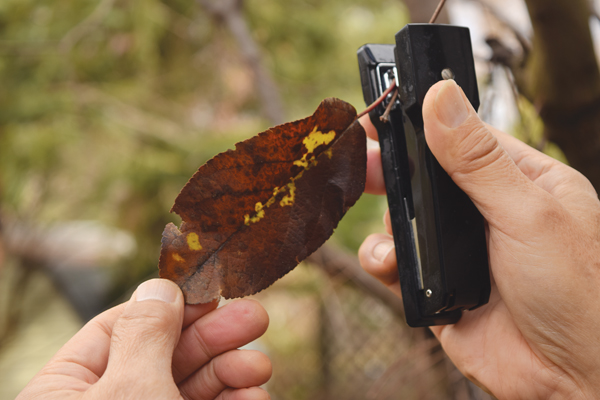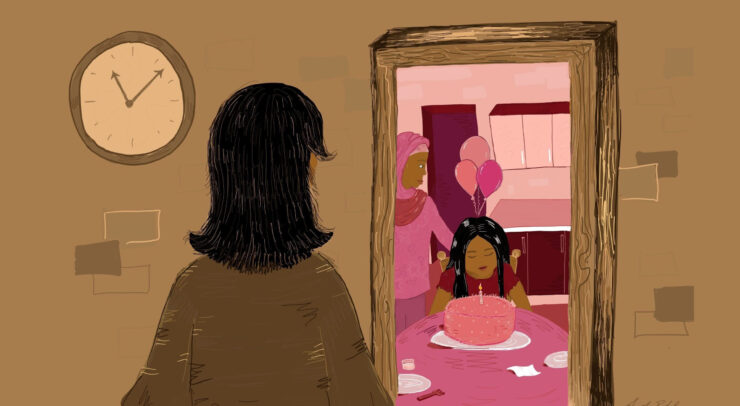New 3D printing technology has made organ cloning a reality
Illustration by Jennifer Vo
ACCORDING TO THE Canadian Society of Transplantation (CST), only 1,803 patients received an organ transplant last year; 195 Canadians died waiting for an organ transplant; and in total more than 4,000 Canadians are in need of a transplant. Although these statistics are saddening, science is progressing to the point at which organ donation might soon become a thing of the past.
Three-dimensional printing, the use of a digital model to create a three-dimensional physical creation, has been used to make aircraft parts and engine pieces, and it’s now believed that in 10 years we will have the means to create printed human organs.
The science behind organ printing is complicated, but the process is not unlike that of the ink printers we use on a daily basis. Using the patient’s own cells, the machine prints cells from the same genetic origins layer by layer to create a genetic clone of an organ. This would eliminate patient rejection as the organ would be a genetic fit to the patient.
The magic behind 3D printing lies in the nozzle used by the printer. It must be precise enough to place the cells in the correct place, gentle enough not to deform the cells during the process of printing, but strong enough to print cohesive layers. All of this must also be done so that the organ clone is not contaminated by outside pathogens. There is one nozzle that has successfully navigated the complex process, but as of now it has only created a cell tissue of two-inch thickness.
This technology is a wonderful and brilliant solution to save people’s lives. Organ donation is a difficult process; a transplant can only come from a living donor or a person who has died on a ventilator. This is because after death, oxygen is immediately cut off from the organs, making them unusable for donation regardless of whether that person had a donation card. This technology could save thousands of lives annually in Canada alone, and it should be available to those who need it as soon as possible.
The biggest issue still surrounding printed organs is their longevity in the human body. A clinical study is necessary to see how these organs will last over time, but the ethics behind such a test will be difficult to navigate.
The technology is still far from perfect, but for now we should applaud the scientists and engineers who are making printed organs a hopeful future for transplant patients everywhere.




